Social media has completely changed the dating game in ways our parents would never recognize. From finding matches with a swipe to checking out someone’s life before meeting them, our phones have become matchmakers. These platforms have created new rules, expectations, and even problems for people looking for love today. Let’s look at how our screens are reshaping our hearts and relationships.
1. Profile-Based First Impressions
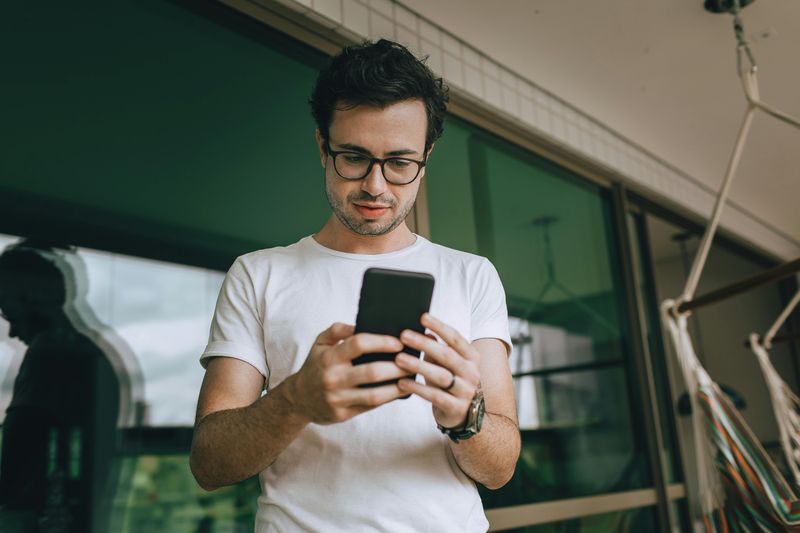
First impressions happen long before meeting face-to-face. Your carefully selected photos, witty bio, and shared interests create a digital persona that potential partners judge instantly. This virtual introduction means many relationships begin based on curated identities rather than authentic connections.
Dating apps specifically designed for matchmaking have supercharged this effect. Users often swipe through dozens of profiles in minutes, making split-second decisions based on appearance and minimal information.
The pressure to stand out in this crowded digital landscape has created an entirely new form of self-presentation focused on marketability rather than authenticity.
2. The Rise of Relationship Surveillance
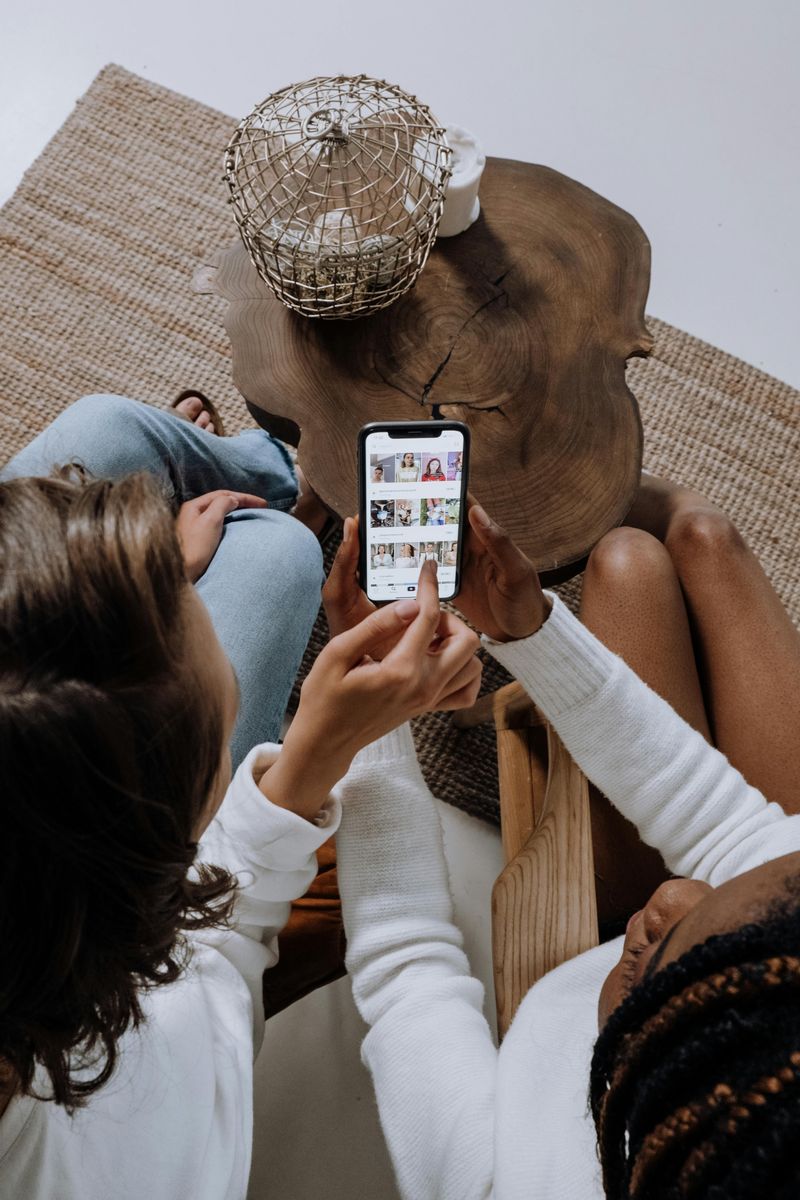
Gone are the days when you knew only what your partner chose to tell you. Social platforms have created unprecedented access to someone’s past and present activities. Many daters admit to deep-diving into a potential match’s profile before meeting, examining years of posts, photos, and interactions.
This digital detective work can reveal red flags early but also create premature judgments.
Friends’ comments, old relationship photos, and political views become immediately visible. The boundary between healthy interest and unhealthy monitoring continues to blur as couples track each other’s online activities, creating new relationship tensions around digital privacy and trust.
3. The Paradox of Endless Options

With social platforms and apps, finding potential matches is easier than ever—and wider than ever. But the irony is, the more people we can date, the harder it becomes to settle on anyone.
Research shows that when faced with too many options, people become less satisfied with their selections and more likely to continue searching.
Many daters develop FOMO – fear that someone better might be just another swipe away. This phenomenon has contributed to a dating culture where genuine connections are harder to form as people remain perpetually distracted by the possibility of finding someone “better.”
4. Public Relationship Validation

The “relationship status” feature has transformed private connections into public declarations. Many couples now feel their relationship isn’t official until it’s Facebook or Instagram official. This digital milestone has become as significant as traditional relationship markers.
Beyond status updates, couples share relationship highlights through carefully staged photos and affectionate captions. These posts often serve as public validation, with likes and comments reinforcing the relationship’s perceived success.
The flip side? Many people feel pressure to perform their relationships online, creating a gap between their curated presentation and reality.
5. Ghosting and Digital Rejection
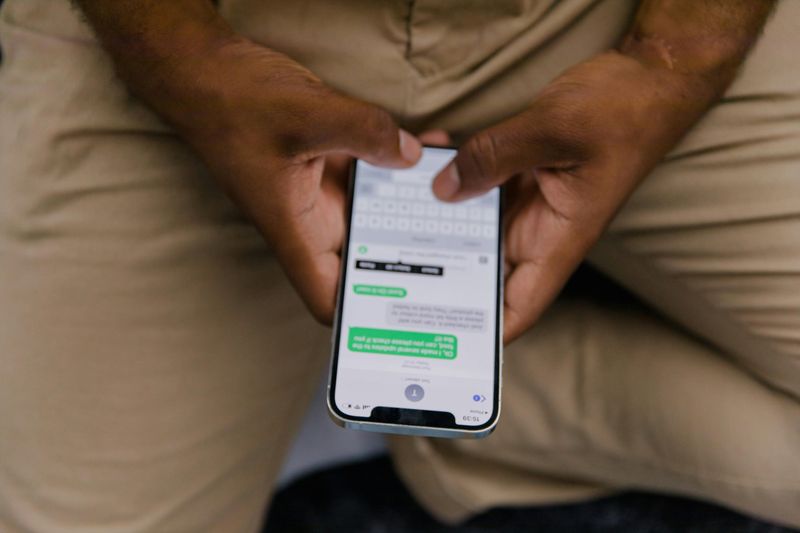
In the age of social media, breakups don’t always come with warning signs. Ghosting—vanishing without a word—has become a go-to exit strategy, leaving the other person stuck with confusion and no closure.
Other digital rejection methods include soft ghosting (liking messages but never responding), breadcrumbing (sending occasional messages to keep someone interested without committing), and orbiting (continuing to view someone’s social media after stopping direct communication).
These behaviors exist primarily because digital platforms make it easy to avoid difficult conversations while maintaining some connection.
6. Long-Distance Connections Made Easier

Social platforms have revolutionized long-distance relationships by creating constant connection opportunities. Couples separated by distance now maintain intimacy through video calls, instant messaging, and shared digital experiences that previous generations couldn’t imagine.
Beyond maintaining existing relationships, social media helps form connections that wouldn’t exist otherwise. Dating apps with location filters allow users to match with people in cities they plan to visit or move to. Online communities centered around specific interests connect like-minded individuals regardless of geography.
These tools have made long-distance relationships more sustainable and have expanded dating possibilities beyond local communities, creating relationships that span continents and cultures.
7. The Digital Third Wheel Effect
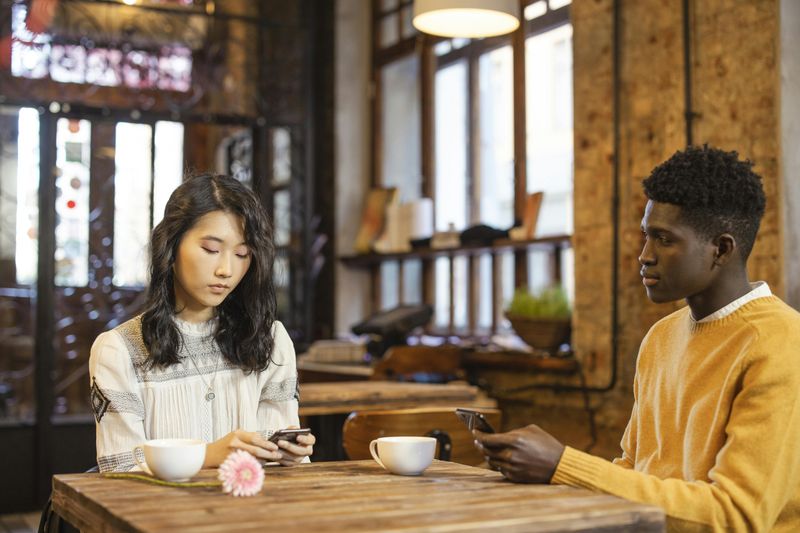
Many modern couples struggle with phones becoming unwelcome participants in their relationship. Studies show that “phubbing” – snubbing someone by looking at your phone instead of paying attention – significantly reduces relationship satisfaction. Even during dedicated couple time, notifications constantly compete for attention.
Social media creates another dimension to this interference. Partners often feel neglected when significant others engage more with their phones than with the relationship.
This digital distraction becomes particularly problematic when one person is more active on social platforms than the other, creating imbalance in attention and communication styles.
8. Comparison Culture and Relationship Insecurity
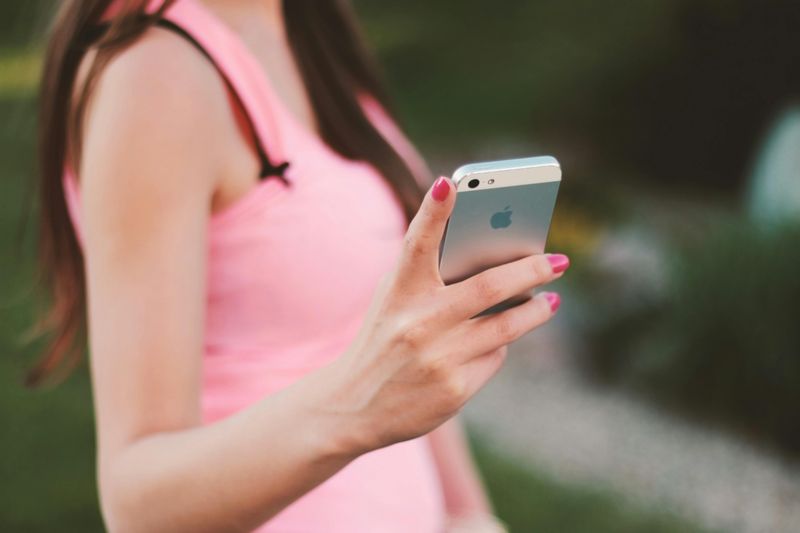
It’s easy to feel like your relationship is falling short when your feed is filled with romantic gestures and picture-perfect couples. But those are just highlights—filtered snapshots that don’t reflect the everyday reality.
This constant exposure to idealized relationships fosters insecurity and dissatisfaction. Many people question whether their relationship measures up to what they see online. Research shows this comparison particularly affects younger couples who have grown up with social media.
Relationship therapists increasingly report clients bringing social media-induced comparison issues to sessions, showing how deeply these platforms affect our perception of healthy relationships.
9. Digital Breakups and Relationship Aftermaths
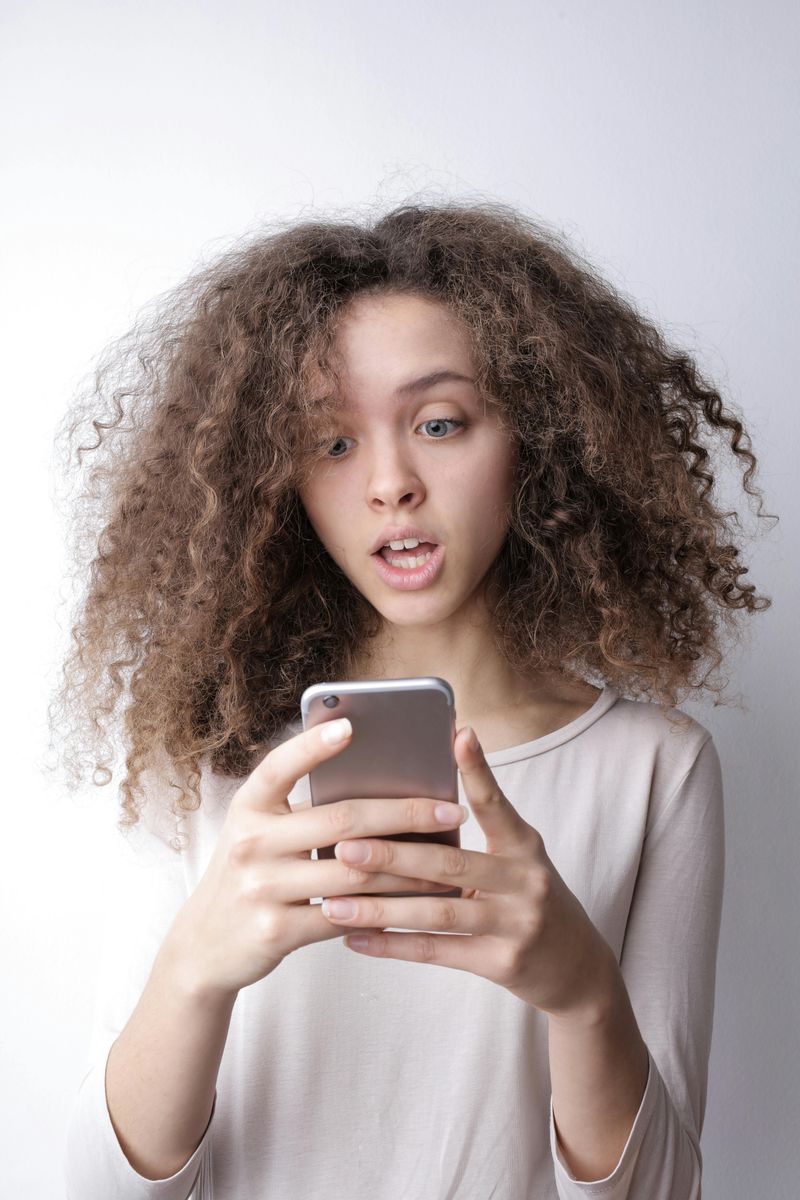
Ending relationships now involves complex digital decisions beyond the breakup conversation. Should you unfriend or block an ex? Remove couple photos? Announce the breakup publicly? These questions create new post-relationship stress that previous generations never faced.
Social platforms also make clean breaks nearly impossible. Algorithms continue suggesting ex-partners in friend recommendations. Shared digital friend groups mean breakup details spread quickly through networks. Many people report the pain of seeing an ex move on through social media posts.
This digital aftermath has created new breakup etiquette and coping strategies, including temporary app deletions and digital detoxes to heal from relationship endings.

Comments
Loading…